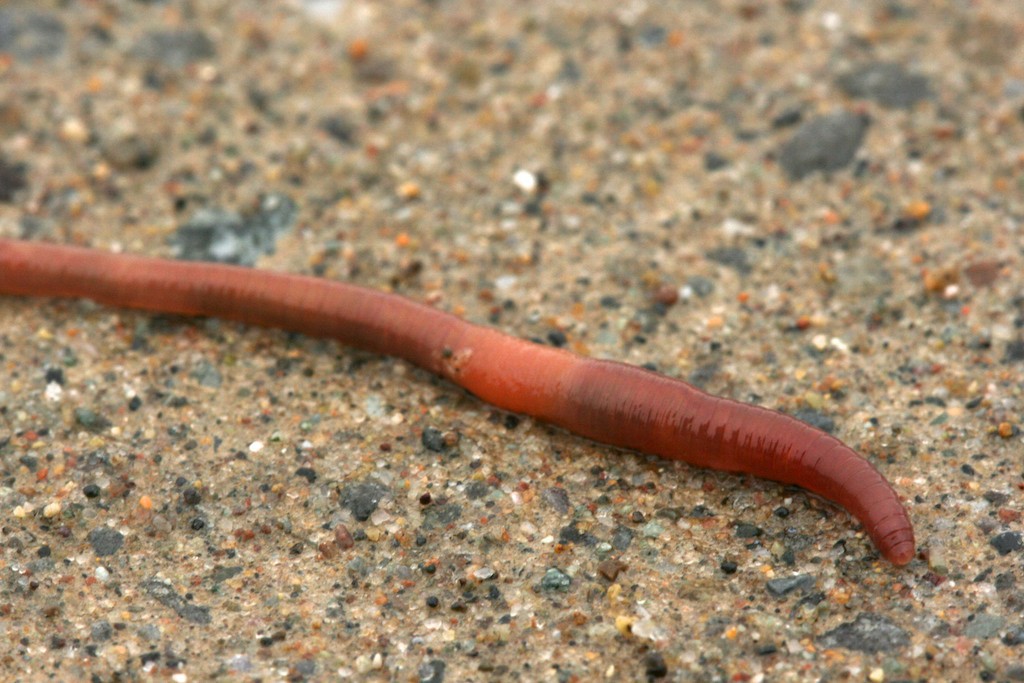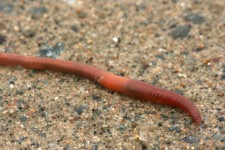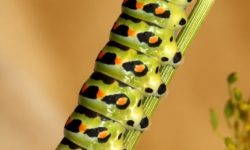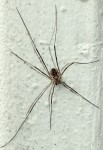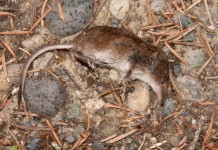I have never given much thought to worms besides wanting some in my garden and when they are scattered across roads on rainy days.
I’ve discovered that worms are incredible creatures despite their simple appearance. They don’t have legs, arms, eyes, ears, teeth or lungs like we do, but they can move and have functioning nervous, circulatory, digestive, excretory, muscular and reproductive systems.
While our systems are complex, a worm’s systems are primitive–they need to fit into a long, rounded body. A worm is basically a tube within a tube. The inner tube is the digestive and excretory system and the outside tube is the muscular system. In between the tubes is a body cavity filled with coelomic fluid that keeps the worm’s shape since it doesn’t have a skeleton (earthworms are invertebrates).
How do worms eat?
Did you realize that earthworms have gizzards like chickens and turkeys? With a diet of soil, organic matter, bacteria and fungi, and no teeth to break it into smaller pieces, the gizzard grinds the “food” so nutrients can be absorbed in the intestines. Worms don’t just open their mouth and take a bite of dirt, they push their pharynx (throat) out, grab the organic matter and then pull it back into their mouth.
They do this all day long as they tunnel their way through dirt. Worms are voracious eaters. They can eat their body weight every day. With a simple digestive and excretory system, it doesn’t take long for the organic matter to pass through and come out as worm castings that fill the tunnel behind them.
Are worms beneficial?
These tunnels help aerate the soil, keep it from becoming compacted, allow water to better penetrate the soil, and transfer nutrients between the surface and deeper soil. Worms are very beneficial to soil, especially in gardens.
What soil do worms like?
Any soil won’t do. The soil can’t be too dry, too cold, too hot or too moist–it has to be just right. If it isn’t, the worm will either tunnel deeper (up to six-and-a-half feet) or move to better soil if it can find it. These are a few reasons why worms aren’t found in the desert or in areas with permafrost or permanent snow cover.
Worms can tolerate temporary discomforts, like a dry garden in August, by entering estivation (a state of dormancy similar to hibernation but takes place during times of heat and dryness). Worms estivate by rolling themselves into a ball and then excreting mucus around themselves to form a cocoon. Then they stay in estivation until the soil becomes moist again just like slugs and snails.
Why are worms on the road after a rain?
Previously, people thought too much water made worms drown. However, many worms can be submerged and still live. Scientists now think earthworms are on the surface to travel faster! The moist ground allows earthworms to travel faster than tunneling in order to find a mate or find new food sources.
But other hazards lurk on the surface, like robins, cars and the sun. If the sun comes out and the worm can’t penetrate the surface (like pavement), it will dry out and die.
Can worms see?
Worms cannot see where they are going because they don’t have eyes–they can only sense light. If they are exposed to light for too long (over an hour) they become paralyzed. That is one of the reasons why earthworms are also called nightcrawlers–because they tend to feed above ground at night (in the absence of sunlight and predators) and burrow during the day.
They also don’t have noses or ears but have chemoreceptors near the anterior (front) end that respond to chemicals and they can sense vibrations.
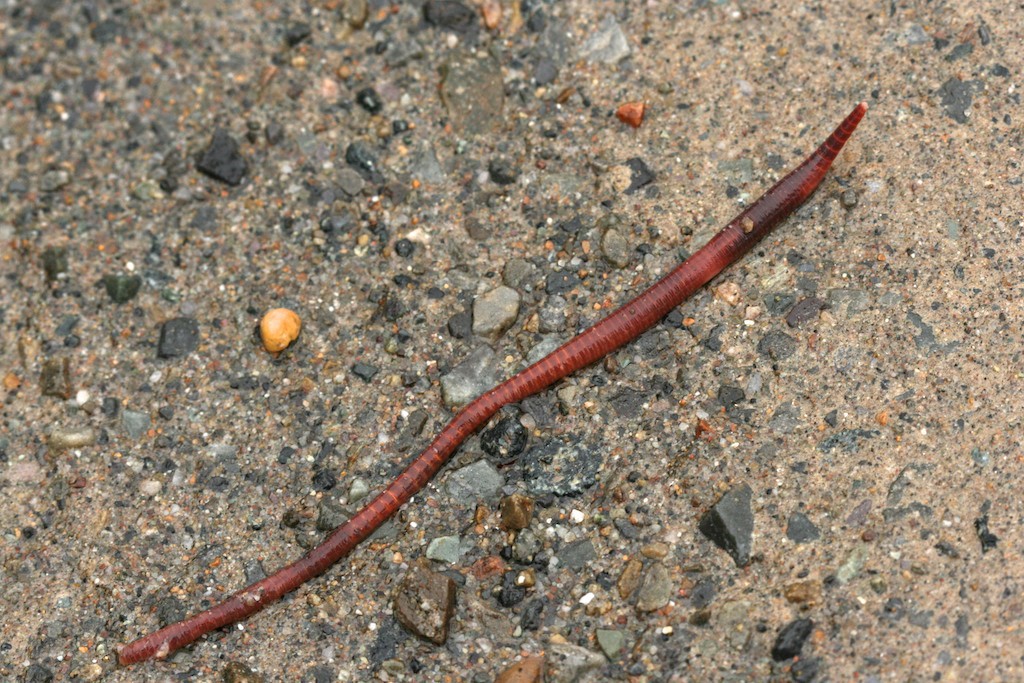
Which end is the front end of a worm?
How do you know which end is the front end of the worm when both ends look alike? The thick band (called the clitellum) is near the anterior (front) but is only found on mature earthworms. The clitellum is part of the reproductive system, of which worms are hermaphrodites (they have both male and female reproductive organs).
Can worms regrow?
A worm’s primitive systems do have benefits–they allow the worm to regrow portions of its body if they become severed, perhaps by a shovel. However, a worm cannot perform miracles and if the segment lost is too big or if it loses portions of its front end, it won’t be able to grow them back.
Worms are fascinating creatures, you just have to dig a little to find out about them.
Originally posted May 2012. Updated February 2024.

